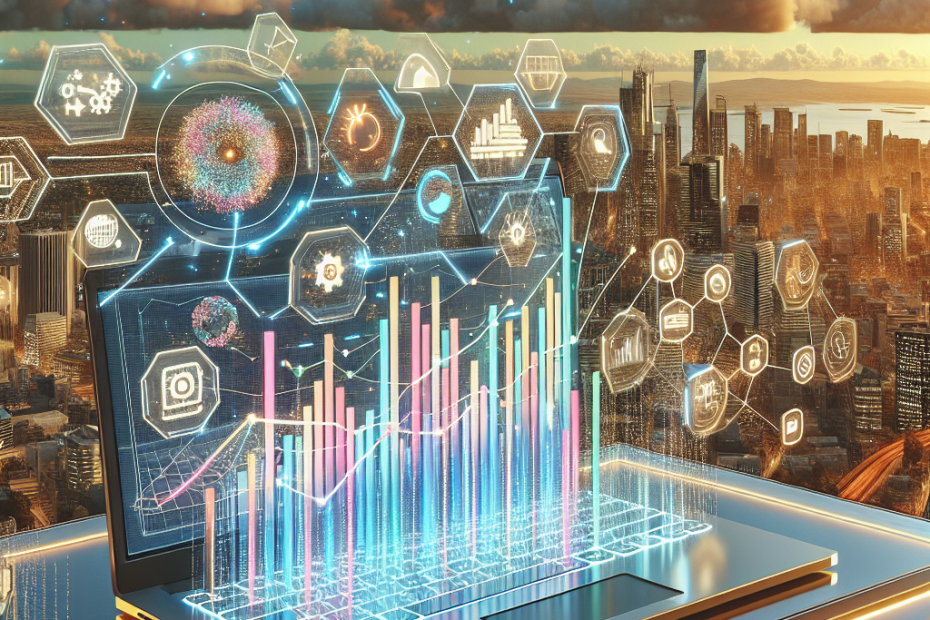Introduction
Government procurement is evolving rapidly, driven by technological advancements that aim to enhance efficiency, transparency, and innovation in public sector acquisitions. Among these emerging trends, the integration of artificial intelligence (AI) stands out as a transformative force reshaping how governments acquire technology. This blog post delves into AI acquisition’s role within government procurement, exploring smart technology adoption in government contracts with insights from key entities like the U.S. Government Accountability Office (GAO), European Union Public Procurement, and International Data Corporation (IDC). We’ll uncover how these advancements are influencing current practices and shaping future trends.
AI Acquisition
The Rise of AI in Government Procurement
Artificial intelligence has become a cornerstone for modernizing government operations. Recent advancements in artificial intelligence have significantly influenced how governments procure new technologies, making AI-driven solutions pivotal in public sector acquisitions.
- Efficiency and Cost Savings: By automating routine tasks such as data entry and contract management, AI can streamline procurement processes, reducing human error and resulting in significant cost savings. For example, the U.S. Department of Defense has implemented AI tools to optimize its supply chain operations, leading to reduced costs and improved efficiency.
- Enhanced Decision-Making: With the capability to analyze large datasets quickly, governments are empowered to make more informed decisions regarding suppliers and contracts. This leads to better supplier selection, risk management, and contract performance monitoring. The U.K.’s use of AI in evaluating bids for public projects is a testament to how technology can enhance decision-making.
Smart Technology Adoption in Government Contracts
The integration of smart technology solutions is becoming increasingly prevalent in public sector acquisition strategies. Governments are turning to technologies like IoT (Internet of Things) and blockchain to enhance transparency and accountability.
- IoT for Infrastructure Management: Real-time monitoring of infrastructure conditions through IoT devices aids in proactive maintenance, minimizing downtime. For instance, the City of Amsterdam uses IoT sensors to monitor its water systems, allowing for timely interventions and reducing service disruptions.
- Blockchain for Transparency: Blockchain technology ensures procurement processes remain transparent and tamper-proof, fostering trust among stakeholders. Estonia’s digital government initiatives include blockchain-based land registry systems that improve transparency in public transactions.
Trends from Leading Entities
Entities such as the U.S. Government Accountability Office (GAO) and European Union Public Procurement are at the forefront of these trends.
- U.S. GAO Initiatives: The GAO has published reports highlighting AI’s potential to enhance procurement processes, emphasizing the need for updated regulations to accommodate new technologies. Their recommendations include creating guidelines for ethical AI use and ensuring compliance with existing federal laws.
- European Union’s Approach: The EU is actively promoting smart technology adoption through its public procurement directives, encouraging member states to integrate digital solutions. Initiatives such as the Digital Agenda for Europe aim to boost innovation in public procurement by supporting projects that leverage emerging technologies like AI and IoT.
Global Perspectives and Insights
The International Data Corporation (IDC) offers valuable insights into global trends in government procurement.
- Global AI Adoption: According to IDC, the market for AI in government is poised for significant growth due to increasing demand for smarter, more efficient public services. The adoption of AI technologies like predictive analytics and machine learning is expected to expand across various sectors including healthcare, transportation, and education.
- Regional Variations: While North America leads in AI adoption, Europe and Asia-Pacific are quickly catching up, each adopting unique approaches to integrating technology into procurement processes. In Asia-Pacific, countries such as Singapore and South Korea are heavily investing in smart city technologies that include AI-driven public services.
Challenges and Opportunities
Despite promising trends, governments face several challenges in adopting AI.
- Data Privacy Concerns: Increased data collection necessitates robust measures to ensure privacy and security. Governments must navigate complex regulations like GDPR in Europe while ensuring citizen data protection.
- Regulatory Hurdles: Existing regulations may not sufficiently cover new technologies, requiring updates to accommodate AI and smart solutions. Policymakers are tasked with crafting legislation that balances innovation with ethical considerations.
However, these challenges also present opportunities for innovation and collaboration between public and private sectors. Public-private partnerships can drive the development of secure and effective AI applications tailored for government use.
Conclusion
The landscape of government procurement is undergoing a significant transformation, driven by emerging trends in public sector acquisitions such as AI adoption. The integration of smart technology solutions is becoming increasingly prevalent in public sector acquisition strategies, enhancing efficiency and transparency. Insights from entities like the U.S. Government Accountability Office (GAO), European Union Public Procurement, and International Data Corporation (IDC) highlight both the opportunities and challenges associated with these advancements.
As governments continue to embrace AI in government procurement, staying informed about these trends will be crucial for public sector professionals seeking to implement effective strategies. By leveraging smart technology adoption in government contracts, organizations can drive innovation, improve decision-making processes, and foster greater accountability within their operations.
Looking forward, the integration of AI and other emerging technologies is set to redefine how governments interact with citizens, optimize resources, and deliver services. The ongoing evolution of procurement practices will require continuous learning, adaptation, and collaboration among stakeholders to harness the full potential of these transformative tools.
For those interested in exploring further, consider delving into case studies on AI implementation in public sectors across different countries, or examining policy frameworks that support ethical AI use. Engaging with industry experts and participating in forums dedicated to government innovation can also provide valuable insights and networking opportunities.
